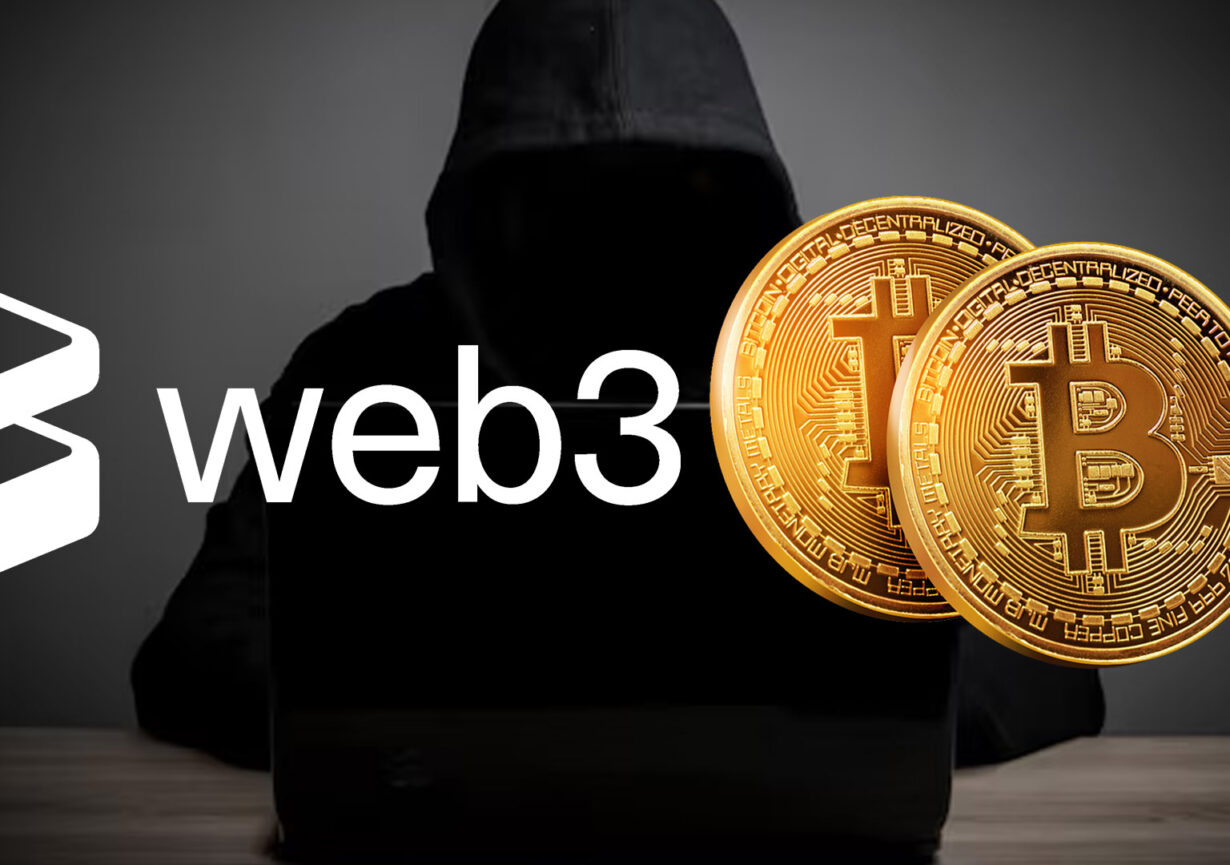- Crypto hacks are increasing day by day with the technological advancement of the blockchain industry.
- According to some analysis reports, 2022 has been the worst year in terms of cyber threats with a total stolen funds of about $3 billion.
Crypto’s inception and blockchain advancement catapulted the decentralized industry with no signs of a downtrend. It arrived onto the scene as a promising aspect and even garnered huge traction being an impenetrable technology. The blockchain’s distributed ledger offers great transparency but it’s developed to be an unhackable platform.
But with time, this revolutionary technology has been more vulnerable to hacks, scams, and other cybercriminal activities in an equally short time period. In recent years, cybercriminals have stolen funds of approximately $3.8 billion from traders and investors. It proved that even blockchain can be a vulnerable technology.
Types of Crypto Hacks
Since Bitcoin’s inception in 2009, things have changed consistently whether it’s the finance sector or gaming. It redefined the whole crypto landscape with revolutionary innovation and serves as an underlying protocol for various blockchain networks. Still, after so many upgrades and advancements in the crypto space, hackers found several techniques to sneak into your account and steal valuable assets. Some of them are mentioned below:
Exchange Hacks
Crypto Exchanges are those platform that facilitates users in buying and selling crypto assets. Crypto enthusiasts are highly reliable on these platforms as some platforms also provide trading features. Exchange hacks take place when hackers find a way to penetrate a user’s account by any means of vulnerability in a decentralized exchange (DEX) and steal their digital assets.
These exchanges store and manage a wide variety and large amounts of crypto assets for users. That’s why it becomes more prone to hackers. A major crypto exchange hack could affect the whole crypto landscape as we already have some renowned examples of this scenario.
Bridging Hacks
This type of hack takes place at the most crucial point when a crypto is moved or transferred from one blockchain to another. This hack targets cryptocurrencies that are stored on blockchains. Due to any reason, when these cryptos are moved cross-chain, for instance, when users exchange BTC to any other cryptocurrency, it’s done via cross-chain bridging. These bridges are highly beneficial, still, there are some weak points where they can be targeted to fulfill malicious intentions.
Crypto Wallet Hacks
These types of hacks happen when malicious actors accumulate enough funds in the crypto wallet so they can transfer funds to their own accounts. If the hackers were successful in doing so, they could run dry on your crypto wallet or exchange. Wallets are meant to manage and store crypto assets in a secure and reliable way categorized as hot and cold wallets. Online or hot wallets are more vulnerable to cyber-attacks because being stored online it becomes easily accessible.
51% Attack
A 51% attack is a cyber attack on blockchain-based cryptos. This attack is done by miners who have access control over 50% of a decentralized network’s mining hash rate. Because of more than 50% node ownership, the miners have access to modify the blockchain as per their preference.
There are several hacking methods that are still unknown. Online storage is one of the key features that facilitates hacking entities. However, cold storage options are introduced to mitigate this potential risk where users can store their crypto wallet offline, for example, on paper. Users must always look out for reliable options as decentralization comes with its own disadvantages as it’s untraceable.
Final Thoughts
Crypto scams are paving stones in the way of blockchain’s wider adoption. Malicious actors are increasing constantly as new technological advancements are introduced on a daily basis. These crypto miners now have all the authority to stop new transactions from getting verified or confirmed. This allows miners to halt payments and transfers across users. These miners can also reverse the transactions before completion and before they are in control. This raises problems like double spending where the same cryptocurrency is spent twice.


Leave a Reply